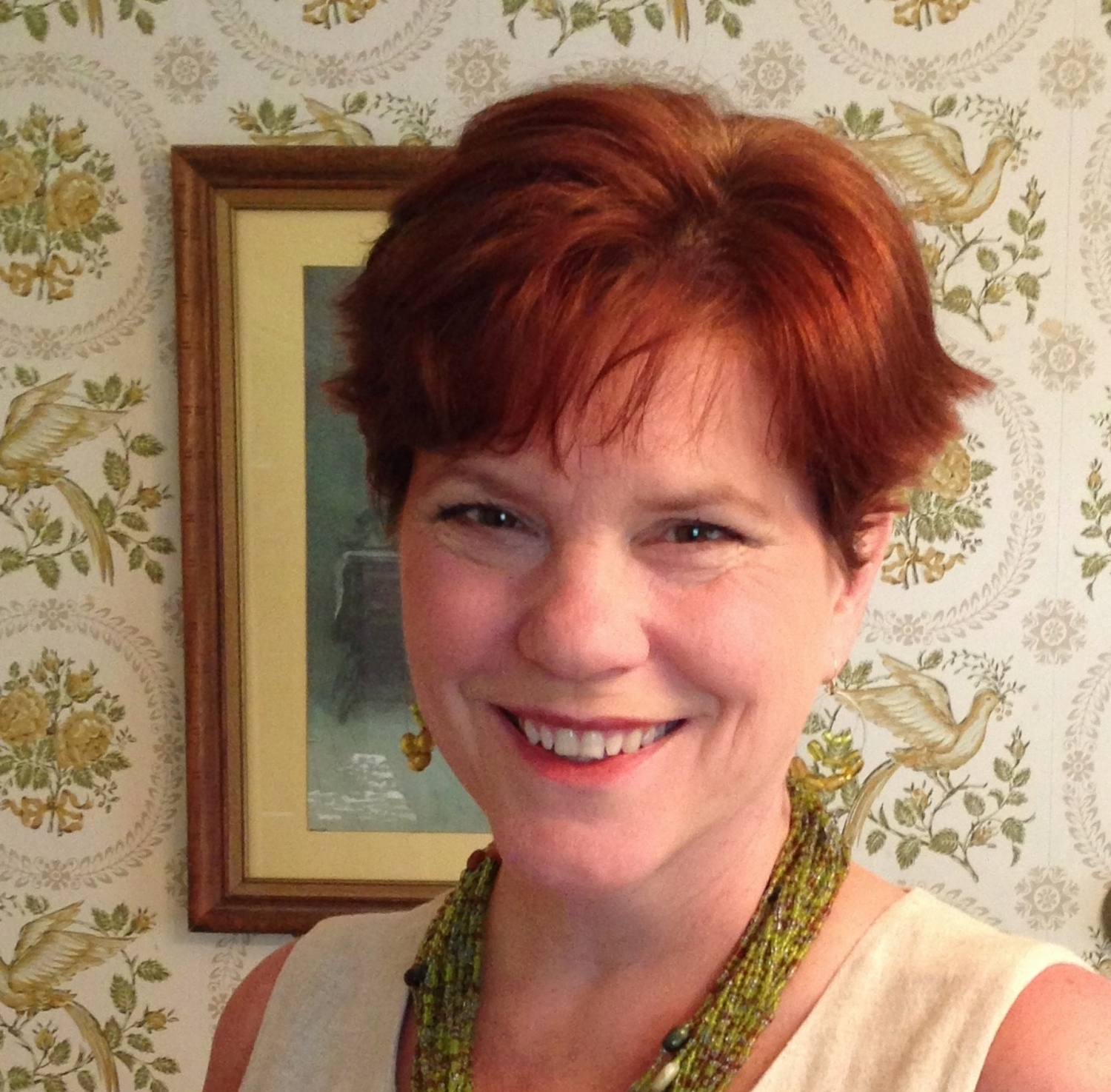STORY PLANNER WORKSHEET
MAIN SETTING – Time and place in history
MAIN CHARACTER = “Protagonist”
MINOR CHARACTERS including at least 1 “Antagonist”:
PLOT
Beginning: Show Protagonist & his/her conflict or goal; Show Antagonist; Describe setting. Dialogue is a good way to start.
Middle: Use the “Rule of 3,” plotting obstacles to resolving conflict or reaching goal. Try to use 3 different “mini-settings” (e.g. house, barn). Obstacles usually involve the Antagonist once or twice. Build suspense.
1.
2.
3.
Climax: Protagonist & conflict (Antagonist?) come to a head; Protagonist solves problem.
End/Resolution: Show Protagonist moving forward, showing growth. This should demonstrate a “theme,” the meaning of the story.
